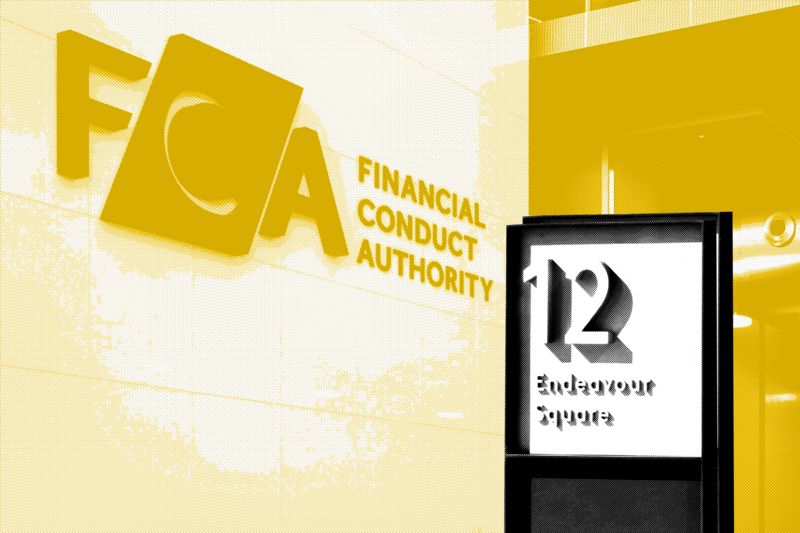At a recent regional compliance conference in the US, discussion focused on market structure, custody and control, tokenization, and the evolving relationship between regulators and technology. What emerged was a consensus that crypto regulation has moved beyond questions of legitimacy to the practical challenge of logistics: how to reconcile blockchain’s immediacy and transparency with the cautious, layered architecture of traditional compliance systems.
The push toward regulatory clarity in US crypto markets has accelerated under a new administration. The CLARITY Act, recently passed by the House, designates the CFTC as the primary spot-market regulator, while the SEC retains authority over investment contracts and securities.
The administration’s decision to suspend most enforcement actions, once the defining feature of US crypto oversight, has been paired with an executive order mandating inter-agency coordination. States, however, have stepped into the vacuum, asserting jurisdiction through lawsuits and licensing schemes such as New York’s BitLicense.
Political volatility
This evolution marks the first real attempt to nationalize crypto supervision, but it also exposes a deeper tension: crypto’s political volatility. As one of the panelists observed, a single change of administration could re-weaponize enforcement or reverse recognition of stablecoins as banking products.
The US remains a jurisdiction where law is policy-contingent: less a system of predictable rules, more a cyclical swing between innovation and injunction.
The market is responding accordingly. Institutions that once limited digital-asset access to wealthy clients, like Morgan Stanley, are now extending exposure to retail investors through intermediated partnerships. Yet beneath the enthusiasm lies a compliance dilemma: how to satisfy FINRA’s suitability obligations for a product class defined by volatility and hype. The new “clarity” is only partial, less a stable structure than a field test in real time.
Custody and control
Crypto custody, long the most contested point of friction, has taken a decisive turn. The SEC’s Division of Investment Management issued a no-action letter confirming that state-chartered trust companies may qualify as “custodians” under the Advisers and Investment Company Acts.
That small definitional shift opens the door for registered funds and asset managers to hold digital assets directly. It also aligns with the SEC’s earlier repeal of SAB 121, which had effectively barred broker-dealers from reflecting crypto assets on balance sheets.
Operationally, however, the task remains formidable. As one of the speakers noted, the technological risks (private-key management, wallet integration, and cyber-resiliency) create a new class of fiduciary exposure.
The broker who once worried about segregation of certificates must now ensure resilience of code. Custody is no longer physical possession but cryptographic control, a shift that forces compliance teams to think like engineers.
The deeper insight is that “qualified custody” may become a misnomer. In a world of programmable assets, control is a function of code architecture, not jurisdiction. Regulators can designate qualified custodians, but they cannot yet standardize smart-contract vulnerabilities or third-party wallet dependencies.
The market’s next frontier will be assurance engineering: testing, auditing, and insuring code as if it were a vault.
Tokenization
Tokenization, the conversion of traditional assets into digital tokens, has moved from concept to pilot. Firms such as Robinhood have issued derivative-backed tokens in Europe, while banks including Goldman Sachs and Société Générale run permissioned blockchains to tokenize funds and bonds.
The newest wave involves tokenized money-market funds, where smart contracts mint and burn tokens tied to underlying portfolios.
The novelty is not technological but institutional: legacy finance is experimenting within walled gardens. Most projects remain private-chain initiatives, limiting interoperability and secondary-market liquidity. Tokenization, once imagined as the democratization of asset ownership, is being reborn as an efficiency play for incumbents – settlement speed without surrendering control.
That pragmatic turn is telling.
The risk is not that tokenization will fail, but that it will succeed too narrowly. Without standardized monitoring, smart-contract audits, and solvency protections for issuers, tokenization could entrench existing asymmetries rather than dissolve them. The technology that promised disintermediation may, paradoxically, perfect it.
Future outlook
NASDAQ’s exploration of issuer-led tokenization signals the next structural leap. By allowing listed companies to issue shares directly on chain, coordinated with DTC and transfer agents, the exchange envisions a 24/7 securities market whose plumbing matches the speed of crypto.
It is the institutionalization of the blockchain dream: every share instantly transferable, every ledger transparent.
Yet such integration will demand unprecedented regulatory choreography. A tokenized NASDAQ cannot coexist with a bifurcated rulebook; Reg NMS, custody rules, and best-execution standards must be re-written for code-based settlement.
The short-term result will be hybridization: parallel systems of “regular-way” and “on-chain” trading that test every operational assumption of the existing market. The more radical implication is philosophical. Tokenization will not simply digitize finance; it will erode the distinction between infrastructure and instrument.
Once market rules are executed in code, governance shifts from regulators to programmers. The next systemic risk may arise not from leverage or liquidity, but from software design.
Code meets compliance
The crypto debate has outgrown its jargon. What began as a clash between innovation and enforcement has matured into a question of institutional adaptation: how to graft blockchain’s efficiency onto the regulatory DNA of modern finance.
Each development, the CLARITY Act, SAB 121, the no-action letter, tokenized funds, nudges the market closer to coexistence.
But coexistence is not convergence. Legal clarity remains provisional, jurisdictional overlaps persist, and technology evolves faster than administrative law can respond. The challenge for the next decade will be less about defining crypto than about designing systems that can evolve without collapsing.
Still, the trajectory is unmistakable. The language of compliance is merging with the syntax of code. Those who learn to speak both fluently – lawyers who understand ledgers, engineers who grasp fiduciary duty – will write the next chapter of financial regulation.
The rest will simply wait for the update.
















